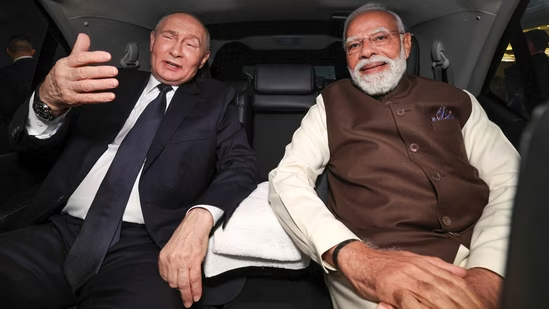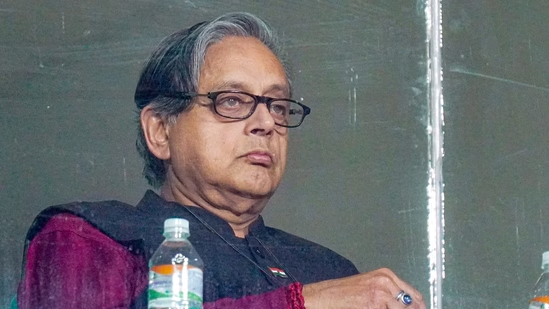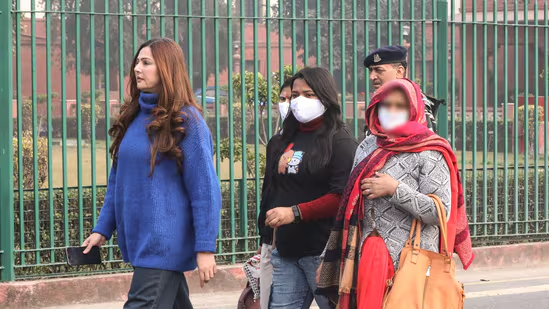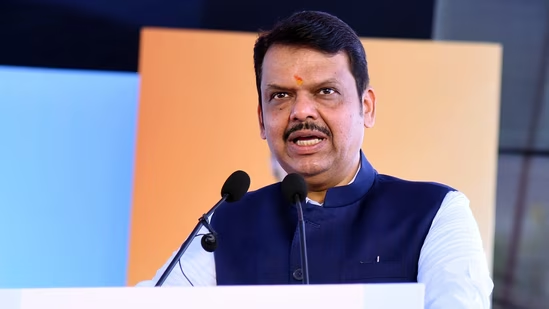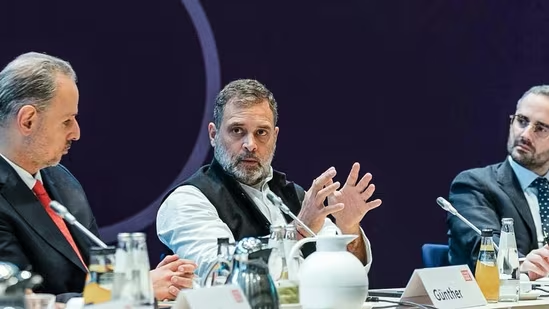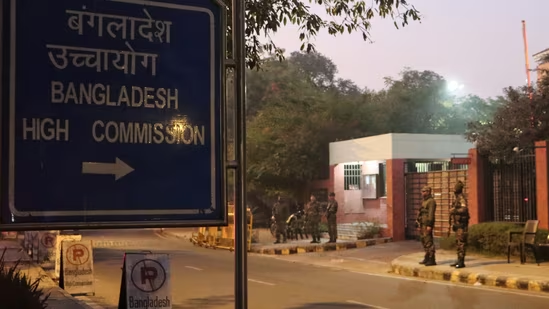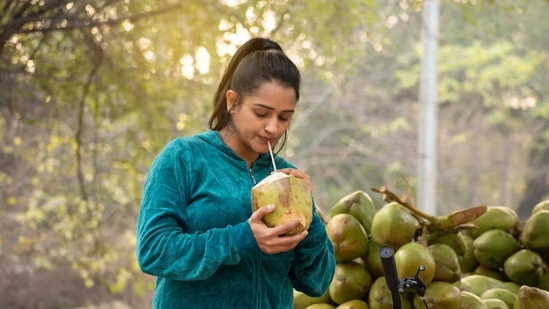Despite only featuring 49 seats, the Lok Sabha elections’ fifth phase is expected to influence the political narrative when the results are revealed on June 4. Currently, the INDIA group has eight seats, while the NDA has 39. But this phase is more important than numbers; it tackles important problems that will have a lasting impact on Indian politics.
There are various important political factors that will be determined during this phase.
It will evaluate the Hindutva movement’s lasting influence in Indian politics, the Gandhis’ political viability, the TMC’s influence in Bengal, the real heir to Balasaheb Thackeray’s legacy, and the ability of Lalu Prasad Yadav’s legacy to extend beyond his traditional base in Bihar.
The Hindutva Litmus Test
The question of whether Hindutva is still a powerful organising element in Indian politics is at the centre of this phase. The centre of attention is Faizabad, which includes Ayodhya, the site of the enshrinement of the Ram Lalla deity barely fifteen weeks ago. Voters will evaluate the BJP’s emphasis on Ram and Hindutva in light of the opposition’s criticism and their own pledges.
This election has been presented by the opposition as a contest between “Ram and ration.” They contend that the promised economic empowerment is not achieved by the BJP’s emphasis on charity programmes and religious symbols. The Ram Janmabhoomi Mandir, according to the BJP, satisfies both material and spiritual requirements and represents a link to India’s historical foundations. The erection of the temple, according to the party, is a reflection of the will of most Indians, especially disenchanted Hindus who want freedom from Nehruvian secularism, which they consider oppressive and cut off from India’s cultural legacy.
The outcome of the election will either confirm or refute the BJP’s ideological position. It will be especially interesting to see how Rahul Gandhi does in Raebareli, where he is running for a seat that his mother left empty. Gandhi’s triumph would indicate sustained adherence to Nehruvian secularism, whereas the BJP’s narrative would be strengthened by a defeat.
The Battle for Balasaheb Thackeray’s Legacy
The struggle for the Shiv Sena’s heritage is intensifying in Maharashtra. Bal Thackeray’s son, Uddhav Thackeray, is engaged in a bitter struggle with Eknath Shinde, the man who divided the Shiv Sena in the first place. More than one-third of the 13 constituencies, mostly those in and around Mumbai, are affected by this conflict. Both groups attempt to establish their authority and lay claim to the Hindu Hriday Samrat, Bal Thackeray.
The result of this internal party dispute will have a big impact on the Shiv Sena’s prospects and place in Maharashtra politics. Shinde’s side wants to claim to be the legitimate heir to Bal Thackeray’s legacy, while Uddhav Thackeray’s part wants to preserve the traditional Sena ideology.
TMC’s Struggle in Bengal
The BJP is posing a serious threat to the TMC in seven significant West Bengal seats. With a narrow lead of one seat over the BJP at the moment, the TMC has to deal with the saffron party’s calculated use of the Citizenship Amendment Act (CAA). There will be a serious test of Mamata Banerjee’s capacity to keep her party influential among Hindu voters.
By bringing up the CAA, the BJP hopes to energise Hindu supporters and weaken the TMC’s foundation. Whether Banerjee is successful or not in these places will indicate whether the TMC can continue to appeal to a wide audience or if it is becoming more and more dependent on areas with a Muslim majority.
Lalu Prasad Yadav’s Legacy in Bihar
The impact of Lalu Prasad Yadav in Bihar is being studied. Rohini Acharya, his second daughter, is running for office for the first time and is running from her father’s stronghold of Saran. Whether or not Lalu’s legacy can go beyond his conventional social justice base to challenge the NDA’s supremacy in the state will be determined by her success or failure.
The purpose of Rohini Acharya’s campaign is to see if the Yadav heritage can change and adapt to the contemporary political climate, rather than just hold onto a family stronghold. Should she triumph, it might indicate a resurgence of Lalu Prasad Yadav’s power in Bihar.
Conclusion
Important problems regarding India’s political future will be addressed in the fifth phase of the Lok Sabha elections. This phase will provide insights into the ongoing appeal of Hindutva, the significance of the Gandhis, the TMC’s electoral power, the rightful heir to Balasaheb Thackeray’s legacy, and the extent of Lalu Prasad Yadav’s influence, in addition to the 49 seats that are at risk. The results of the voting process will not only define the parties’ immediate alliances but also the larger story of Indian democracy.






